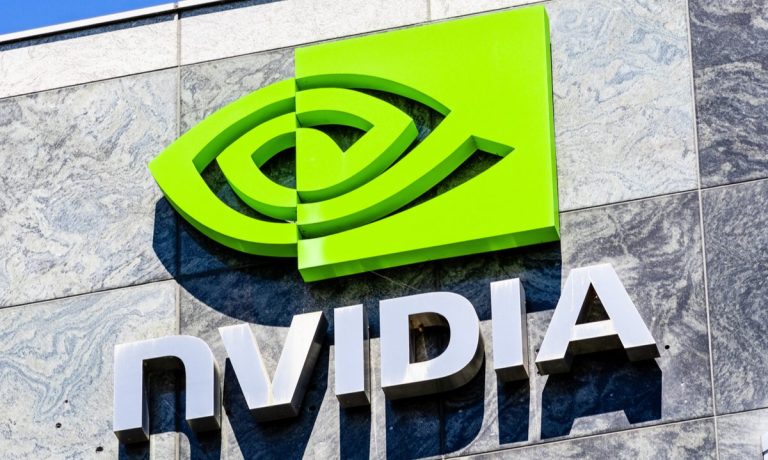
NVIDIA’s latest quarterly results show a microcosm of the connected economy, pointing toward new and emerging activities that are bringing people, businesses and devices together.
NVIDIA is one of the companies included in PYMNTS’ Connected Economy 100™ (CE100™) Index. And to date, the firm is one of the top performers within that pantheon.
Read more: The CE100™ Index Identifies Top Performing Enablers Behind the Connected Economy
On a company specific basis, and as the earnings results tell us, NVIDIA’s fiscal fourth quarter revenues surged by 53% year over year, coming in a $7.6 billion for the quarter, and better than the $7.4 billion Wall Street had expected.
On a segment-by-segment basis, we can see how some of the continued digital shifts in daily life, across leisure and work-related activities are having a positive ripple effect on demand for the company’s offerings.
In the company’s gaming segment, for example, fourth-quarter revenues were a record $3.4 billion, up 37% from a year ago, and up 7% sequentially. Chief Financial Officer Colette Kress said on the conference call with analysts that “gaming has become the top entertainment medium that continues to show strong momentum. Just last month, Steam hit a record 28 million concurrent users, up 50% in two years.”
Desktop and laptop gaming revenues, she said, set records, as the company announced more than 160 new laptop designs.
At a high level, CEO Jensen Huang said during the call, the company is continuing to see “tremendous demand.” He added that “our work propels advances in [artificial intelligence (AI)], digital biology, climate sciences, gaming, creative design to autonomous vehicles and robotics, and some of today’s most impactful fields.” That demand helped propel its data center business to $3.3 billion in sales for the quarter, up 71% year on year.
Automotive revenue was $125 million in the quarter, which was down 14% year over year and 7% on the quarter. Management pointed to shipments that have just started for its Orion-based product platform that will help the company return to growth.
In a snapshot of the connected economy, the company has announced that starting in 2025, all new Jaguar and Land Rover vehicles will have next-generation automated driving systems, plus AI-enabled software and services, underpinned by NVIDIA platforms.
Supply Constraints
As has been seen across so many other verticals, supply constraints have been a headwind to satisfying demand fully. (And they have also been a headwind against firms’ realization of their full revenue potential.)
During a question-and-answer session with analysts, management said that, per the CFO’s comments, “we still have some supply constraints across some of our businesses. Networking in the data center business has been supply constrained.” But supply is expected to improve through the next several quarters, as the company continues to expand its supply chain “footprint.”
Huang noted the blurring of the lines of the digital and physical worlds, pointing to the Omniverse platform for 3D design and simulation.
“Omniverse is a digital twin, a simulation of the physical world,” Huang said on the call. “Today’s internet is 2D, and AI is in the cloud. The next phase of internet will be 3D, and AI will be connected to the physical world. We created Omniverse to enable the next wave of AI where AI and robotics touches our world.”
The foundation of the connected economy is built on chips and on computing power, and for NVIDIA, a key part of the CE100™, among the most pressing issues now is how to keep up with demand.